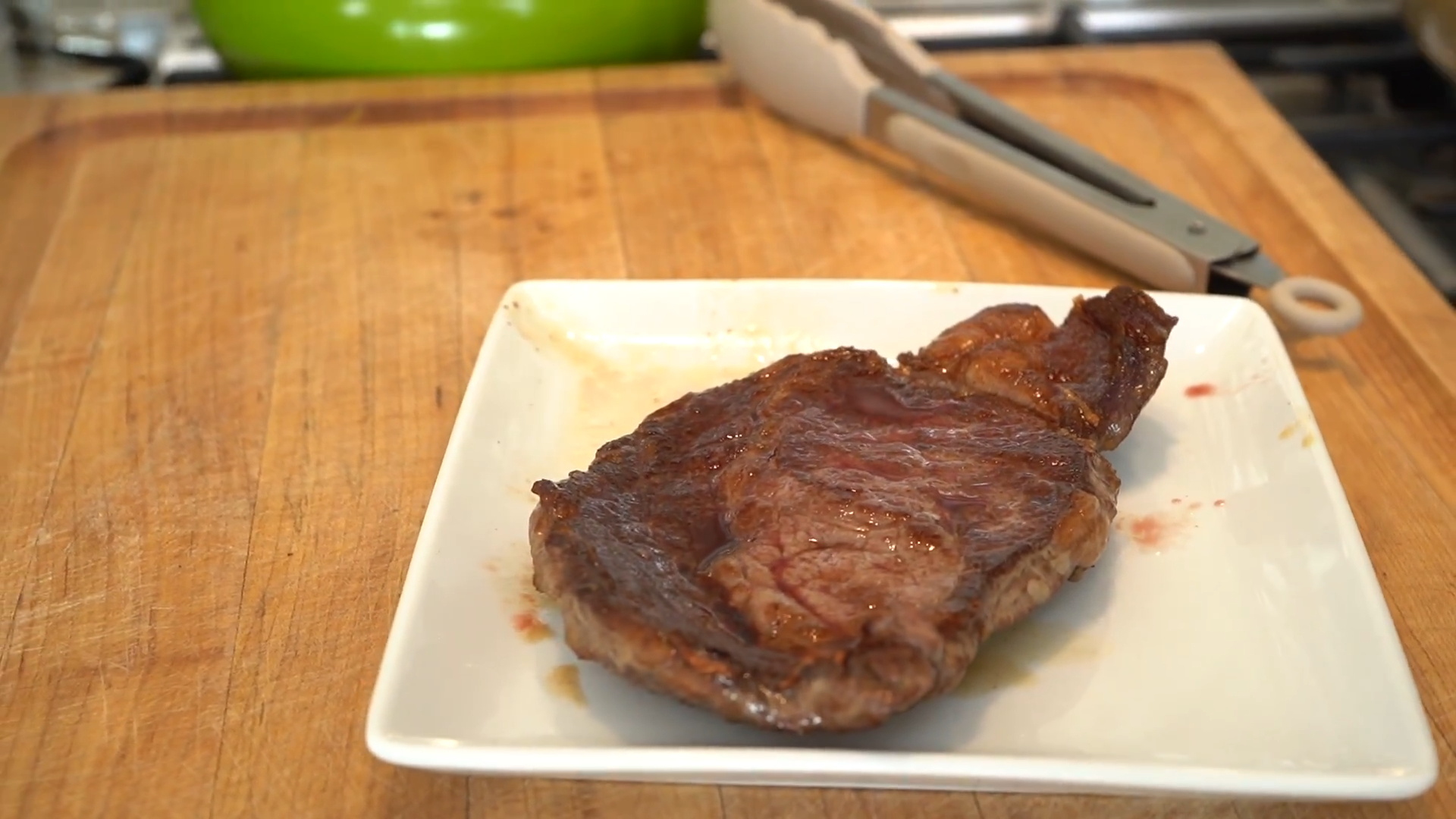Weight loss journeys can feel overwhelming with conflicting advice from all directions. A century ago, people seemed to understand something about weight management that we’ve only recently rediscovered through scientific research: not all calories are created equal. The humble low-carbohydrate diet, far from being just another passing trend, has deep historical roots and impressive scientific backing.
I remember watching countless clients struggle with conventional calorie-restricted, low-fat diets only to feel constantly hungry and ultimately regain the weight. When I began recommending carefully structured low-carb approaches, the difference was remarkable: sustainable weight loss, improved energy levels, and better overall health markers. This approach isn’t just about dropping pounds; it’s about understanding how different foods affect your body’s hormonal responses.
In this comprehensive guide, we’ll explore the science behind low-carb weight loss, practical strategies for implementation, and how to customize this approach for your unique needs and lifestyle.

The History and Science of Low-Carb Weight Loss
From Banting to Modern Research: A 150-Year Journey
Long before modern diet trends, William Banting discovered in 1865 that avoiding sugars and starches led to effective weight loss when other methods failed. He published his findings in “A Letter on Corpulence,” considered one of the first diet books ever. For the next century, this approach remained standard medical practice for treating obesity.
Dr. William Osler, an influential physician in 1882, noted that fatty foods were critical for weight loss because they increase satiety, helping people feel full longer and reducing snacking. Medical textbooks through the 1950s recommended avoiding bread, flour, cereals, potatoes, sugar, and sweets for weight management while encouraging consumption of meat, fish, vegetables, eggs, and cheese.
The shift toward low-fat, calorie-restricted diets only emerged in the 1970s when dietary fat was linked to heart disease. Without substantial evidence, the medical consensus abruptly changed – and coincidentally, obesity rates began to soar.
Modern Research Confirms Low-Carb Effectiveness
When we examine the scientific evidence today, the results are clear. Out of 67 randomized controlled trials comparing different diets:
- 57 studies favored low-carb diets for weight loss
- Only 7 studies favored other approaches
- When looking at statistically significant differences, low-carb diets win 36-0
Even the American Diabetes Association acknowledges that low-carbohydrate diets have more evidence supporting them than any other dietary approach for managing type 2 diabetes.
How Low-Carb Diets Work for Weight Loss
The Hormonal Theory of Obesity
The key insight behind low-carb weight loss is that different types of calories trigger different hormonal responses in our bodies. When we consume carbohydrates, especially refined ones, they:
- Quickly breaks down into glucose, raising blood sugar levels
- Trigger insulin release to help move glucose into cells
- Store excess glucose as glycogen or body fat
- Create hunger when levels drop, leading to a cycle of cravings
By contrast, when we focus on protein and healthy fats:
- Blood sugar remains more stable
- Insulin levels stay lower
- The body can more easily access stored fat for energy
- Satiety increases, reducing overall hunger
Types of Low-Carb Approaches
Various low-carb dietary approaches exist, each with different carbohydrate limits:
| Diet Type | Daily Carb Limit | Main Focus |
| Standard Low-Carb | Under 130g | Reduced refined carbs |
| Moderate Low-Carb | 50-100g | Emphasis on whole foods |
| Ketogenic (Keto) | 20-50g | Very high fat, minimal carbs |
| Atkins | 20-100g (phased) | Protein and fat focus |
| Paleo | Variable | Natural, unprocessed foods |
Getting Started: Your Low-Carb Weight Loss Plan
Step 1: Determine Your Carbohydrate Tolerance
Not everyone responds the same way to carbohydrate restriction. Factors like metabolism, activity level, age, and health conditions influence your optimal carb intake. Consider starting with a moderate approach (around 100g daily) and adjust based on your results and how you feel.
Step 2: Focus on Quality Protein Sources
Protein is crucial for maintaining muscle mass during weight loss. Aim for 0.7-1g of protein per pound of ideal body weight, focusing on quality sources:
- Lean meats (chicken, turkey, lean beef)
- Fish and seafood
- Eggs
- Greek yogurt and cottage cheese (check carb content)
- Plant proteins like tofu and tempeh for vegetarians
Step 3: Embrace Healthy Fats
Contrary to outdated advice, healthy fats are essential for low-carb success:
- Olive oil and avocado oil for cooking and dressings
- Avocados
- Nuts and seeds (in moderation)
- Fatty fish rich in omega-3s
- Grass-fed butter or ghee (if tolerated)
Step 4: Load Up on Non-Starchy Vegetables
Half your plate should consist of non-starchy vegetables, which provide fiber, nutrients, and bulk with minimal carbs:
- Leafy greens (spinach, kale, lettuce)
- Cruciferous vegetables (broccoli, cauliflower, Brussels sprouts)
- Zucchini and summer squash
- Bell peppers
- Asparagus
- Mushrooms
Step 5: Be Strategic About Carbohydrates
The carbs you do consume should be:
- Nutrient-dense
- High in fiber
- Minimally processed
Good choices include:
- Berries (strawberries, blueberries, raspberries)
- Small portions of other fruits
- Sweet potatoes (in moderation)
- Legumes (if tolerated and if they fit your carb allowance)
- Small amounts of whole grains (if not following strict keto)
A Sample 7-Day Low-Carb Meal Plan
Here’s a balanced approach to low-carb eating that provides approximately 75-100g net carbs daily:
Day 1
Breakfast: Greek yogurt bowl with berries and sliced almonds. Lunch: Large salad with grilled chicken, avocado, and olive oil dressing. Dinner: Baked salmon with roasted Brussels sprouts and cauliflower rice. Snack: Celery sticks with almond butter
Day 2
Breakfast: Scrambled eggs with spinach and cherry tomatoes. Lunch: Lettuce-wrapped turkey burger with side salad. Dinner: Zucchini noodles with shrimp and pesto sauce. Snack: Hard-boiled egg and cucumber slices
Day 3
Breakfast: Low-carb smoothie (unsweetened almond milk, protein powder, spinach, half a small banana) Lunch: Tuna salad in avocado halves Dinner: Grilled chicken with roasted asparagus and quinoa (small portion) Snack: String cheese and bell pepper strips
Day 4
Breakfast: Chia seed pudding made with unsweetened almond milk Lunch: Beef and vegetable soup (no potatoes or noodles) Dinner: Bunless burger with Cheddar cheese, steamed broccoli, and salsa Snack: Mixed nuts (1 ounce)
Day 5
Breakfast: Avocado toast on Ezekiel bread (1 slice). Lunch: Chicken and vegetable stir-fry. Dinner: Baked cod with roasted Mediterranean vegetables. Snack: Greek yogurt with cinnamon
Day 6
Breakfast: Vegetable and cheese omelet. Lunch: Chicken Caesar salad (no croutons) Dinner: Slow-cooker beef with mashed cauliflower Snack: Olives and cheese cubes
Day 7
Breakfast: Breakfast bowl with hard-boiled eggs, avocado, and tomato. Lunch: Shrimp garden salad with olive oil vinaigrette. Dinner: Grilled chicken with roasted Brussels sprouts and a small portion of quinoa. Snack: Beef jerky (sugar-free) and cucumber rounds
Tips for Low-Carb Weight Loss Success
1. Transition Gradually
Unless medically necessary, consider easing into carb restriction rather than making dramatic changes overnight. This helps minimize side effects like the “keto flu” and increases long-term adherence.
2. Stay Hydrated
Low-carb diets have a natural diuretic effect. Make sure to drink plenty of water and add electrolytes (sodium, potassium, magnesium) to prevent dehydration and muscle cramps.
3. Plan for Social Situations
Restaurants and social gatherings can be challenging. Have strategies ready:
- Look at the menus beforehand
- Eat a small protein-rich snack before events
- Focus on meat/fish main dishes with vegetable sides
- Skip the bread basket
- Choose plain water instead of sugary drinks
4. Track Your Progress Beyond the Scale
Weight fluctuations are normal. Track other measures:
- Body measurements
- How clothes fit
- Energy levels
- Sleep quality
- Blood work markers (if available)
5. Add Strategic Movement
Exercise isn’t mandatory for low-carb weight loss but enhances results:
- Strength training preserves muscle mass
- Walking improves glucose metabolism
- High-intensity interval training (HIIT) can boost fat burning
Common Mistakes to Avoid
1. Focusing Only on Carb Restriction
While limiting carbs is central to this approach, quality still matters. Loading up on processed “low-carb” products and overlooking nutrient density can stall progress.
2. Neglecting Fiber
Fiber-rich vegetables are essential for gut health and feeling satisfied. Don’t make the mistake of eliminating these vital carbs.
3. Going Too Low on Calories
Very low-calorie diets can backfire by slowing metabolism. Make sure you’re eating enough total food to support energy needs and proper nutrition.
4. Ignoring Protein Requirements
Inadequate protein can lead to muscle loss during weight loss. Prioritize protein at every meal.
5. Being Impatient with Results
Initial water weight loss is rapid, but true fat loss occurs more gradually. Expect and embrace a sustainable pace of 1-2 pounds per week.

Low-Carb Adaptations for Different Needs
For Athletes and Active Individuals
Higher activity levels may require more strategic carbohydrate intake:
- Consider targeted carb intake around workouts
- Add 30-50g extra carbs on heavy training days
- Focus on post-workout protein for recovery
For Vegetarians and Vegans
Plant-based low-carb requires extra planning:
- Prioritize plant proteins (tofu, tempeh, seitan)
- Include plenty of healthy fats (avocados, nuts, seeds, olive oil)
- Choose lower-carb plant foods (leafy greens, cruciferous vegetables)
- Consider plant-based protein supplements
For Those Managing Diabetes
Working with healthcare providers, people with diabetes often benefit from:
- Consistent meal timing
- Careful carb counting and blood sugar monitoring
- Emphasis on fiber-rich, low-glycemic carbohydrates
- Regular physical activity
For Busy Professionals and Parents
Time-saving strategies for low-carb success:
- Batch cooking protein sources
- Pre-cutting vegetables for quick assembly
- Simple grab-and-go options (hard-boiled eggs, pre-portioned nuts)
- One-pan meals with protein and non-starchy vegetables
FAQs About Low-Carb Weight Loss
How quickly will I see results on a low-carb diet?
Most people notice initial weight loss within the first week (mostly water weight), followed by a more gradual fat loss of 1-2 pounds weekly. Individual results vary based on metabolism, activity level, and adherence.
Will I need to stay low-carb forever to maintain weight loss?
Not necessarily. Many people find they can gradually increase carbs to a moderate level after reaching their goal weight. The key is finding your personal carbohydrate tolerance and continuing to emphasize whole, unprocessed foods.
Is the keto “flu” inevitable when starting low-carb?
No. Transitioning gradually, staying well-hydrated, and supplementing electrolytes can minimize or prevent symptoms like headaches, fatigue, and irritability that some people experience during adaptation.
Can I drink alcohol on a low-carb diet?
In moderation, certain alcoholic beverages can fit into a low-carb lifestyle. Dry wines, spirits with zero-carb mixers, and light beers in limited quantities may be acceptable, but alcohol can slow weight loss for some people.
How do I handle plateaus in weight loss?
Weight loss plateaus are normal. Strategies to overcome them include:
- Recalculating your protein needs
- Tracking portions more carefully
- Varying your exercise routine
- Adjusting carbohydrate intake
- Getting adequate sleep
- Managing stress levels
Conclusion: Finding Your Sustainable Low-Carb Approach
The science is clear: low-carbohydrate diets represent a legitimate, evidence-based approach to weight management that has withstood the test of time. The key to success lies not in viewing this as a temporary “diet” but as a sustainable way of eating that can be adapted to your individual needs and preferences.
Remember that the perfect low-carb approach is the one you can maintain long-term. This might mean following a strict ketogenic diet, a moderate low-carb plan, or simply being more mindful about reducing refined carbohydrates while emphasizing whole foods.
Start with small, sustainable changes, monitor your results, and adjust as needed. Your body will tell you what works best through improved energy, better hunger control, and gradual, consistent progress toward your health goals.
Have you tried low-carb eating before? What strategies worked best for you? Share your experiences in the comments below and join our community of low-carb enthusiasts supporting each other on the journey to better health.

